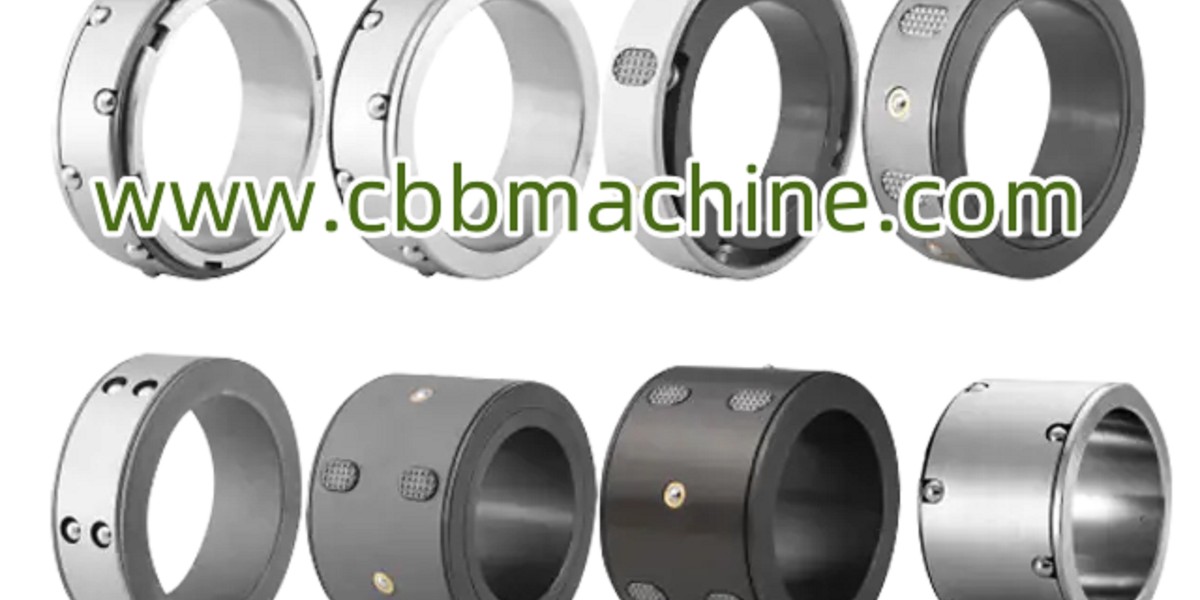Enhancing Web Control with the Differential Shaft
A Differential Shaft is a vital component in many web handling and converting applications, offering enhanced control and flexibility in slitting, rewinding, and tension adjustment. From paper and film to foil and flexible packaging, modern production lines rely on this technology to improve accuracy and output efficiency.
The purpose of a differential shaft is to allow for independent rotation of cores mounted on a single shaft. This enables each roll to maintain consistent tension, even when there are slight variations in thickness or material properties. As a result, the differential shaft helps ensure high-quality winding, reduces waste, and enhances production consistency across a wide range of industrial uses.
The Technology Behind the Shaft
At its core, a differential shaft incorporates a system of friction elements that distribute torque evenly across multiple winding points. These internal mechanisms, which may include ball, disc, or roller-based systems, are designed to allow individual rolls to slip or rotate at slightly different speeds while maintaining overall shaft speed.
This is particularly useful in slitting applications where materials are cut into narrower strips and rewound simultaneously. Without a differential system, any differences in material tension can lead to misalignment, wrinkling, or roll diameter inconsistencies. The differential shaft compensates for these differences automatically.
The technology works efficiently with a range of core sizes and materials and often includes air-expanding mechanisms that help secure the cores and transmit torque precisely. The operator can adjust air pressure or friction levels depending on material needs, giving excellent control over winding tension.
Applications Across Industries
Differential shafts are commonly used in various converting industries such as:
Plastic film and packaging
Adhesive tape production
Label and sticker slitting
Paper and cardboard converting
Flexible foil and lamination
Their ability to balance web tension makes them particularly valuable in multi-roll rewinding operations. They are also crucial for thin, sensitive materials where even minor inconsistencies in tension could cause defects.
Advantages in Production Lines
Integrating a differential shaft into your production line offers several operational benefits:
Improved Winding Quality: Each roll maintains uniform tension, resulting in neatly wound rolls with consistent structure.
Increased Material Yield: Automatic compensation for tension irregularities helps reduce waste and enhances usable output.
Reduced Operator Intervention: With self-adjusting torque transmission, manual adjustments are minimized, allowing smoother production.
Enhanced Machine Efficiency: Differential shafts can support higher machine speeds while maintaining control, leading to increased throughput.
By simplifying the management of tension across multiple winding points, differential shafts contribute significantly to quality assurance and cost efficiency.
Design and Customization Options
Differential shafts come in various configurations, depending on application requirements. Some of the customizable features include:
Shaft diameter and core size compatibility
Material of construction (steel, aluminum, etc.)
Type of friction mechanism
Air expansion capability
Torque adjustment systems
Many manufacturers also provide modular designs, which make maintenance and part replacement easier. Choosing the right configuration ensures that the shaft integrates seamlessly into existing machinery and meets specific production demands.
Maintenance and Lifespan
Proper care and maintenance extend the lifespan of a differential shaft and ensure consistent performance. Periodic inspection of friction components, seals, and air valves is essential. Lubrication may be required depending on the internal mechanism. Additionally, keeping the shaft clean and free from debris helps maintain smooth operation.
In the event of wear, many shafts offer replaceable components so that only the damaged section needs to be repaired, rather than the whole unit. This makes maintenance more efficient and reduces downtime.
Conclusion
A Differential Shaft is a precision-engineered solution that helps industries manage web tension more effectively during rewinding and slitting operations. With its ability to automatically adapt to material differences, it brings increased accuracy and stability to production environments. From high-speed converters to delicate material handling lines, this shaft is an essential part of efficient manufacturing.








